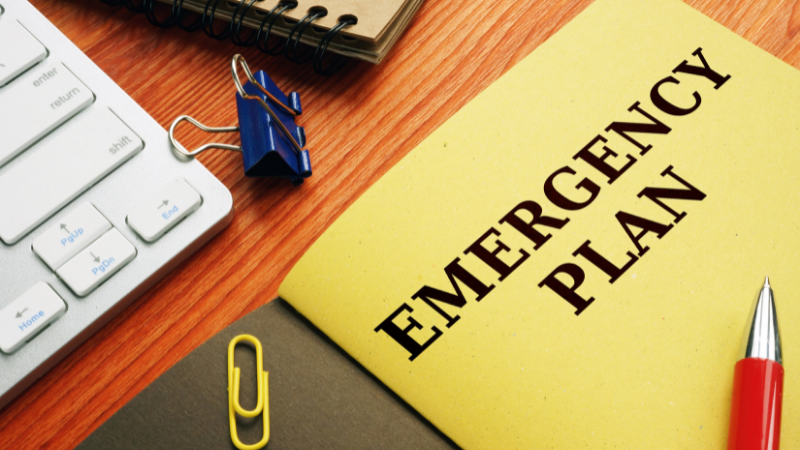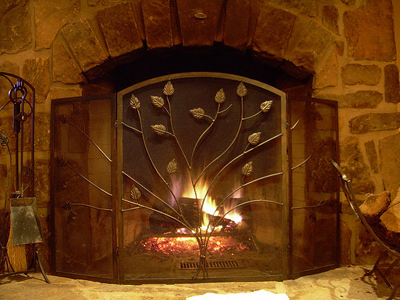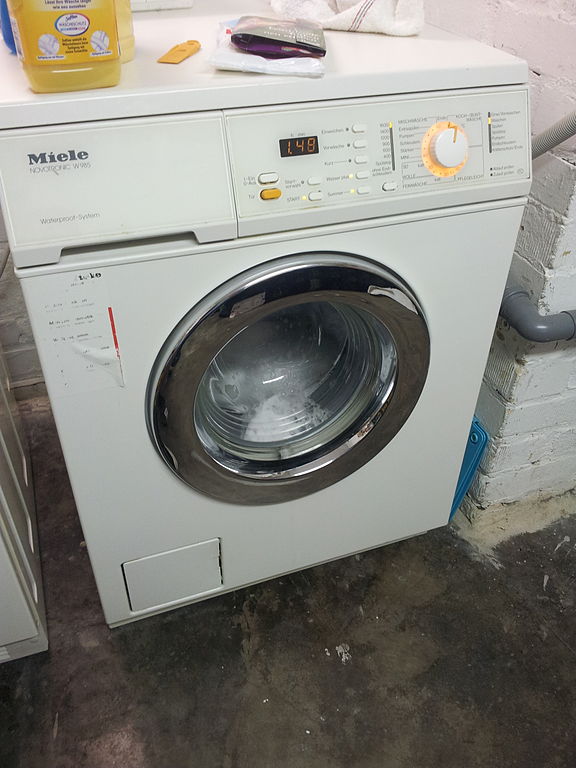Hurricane Preparedness Tips and Checklist

While the spring season brings warmer weather and new life, it also brings an increased risk of hurricanes to the east and west coasts. The hurricane season for both coasts begins in late May to early June and does not end until November. Hurricanes are very powerful storms that can cause devastating damage and it is important for people who live in areas prone to hurricanes to be prepared and know what to do if one lands in their area.
The following are hurricane preparedness checklist and safety tips. Before a hurricane hits, be sure to read the tips so you can prepare in advance.
Find a Safe Location
Decide on a safe location for you and your family to wait out the storm. This location could be within your home if you have a windowless room on your bottom floor. If there is not a safe area in your home, you should find at least two emergency shelters close by. Residents with certain health needs that may not be able to reach the shelter on their own can call their county in advance for assistance.
Food and Water Supplies
Food and water are the most important supplies to gather before a storm. Your supply should contain enough non-perishable food items and water to last for about three weeks in the house. If you are forced to evacuate, you should leave with enough food for about three days. Canned fruits, vegetables, pastas, beans and other items like dry cereal, nuts, and crackers are good options to stock. An average adult consumers about a gallon of water per day, if a storm is coming, stock on fresh water because the water supply could be contaminated.
Emergency Supply Kit
In addition to a food supply, you should also gather supplies that will help in emergency situations. These items should include but are not limited to the following:
- Can opener
- Medications, eyeglasses, contact lenses
- Personal hygiene items
- Change of clothes
- First aid kit
- Hand sanitizer and eating utensils
- Flashlight with extra batteries
- Blankets and pillows
- 2 coolers, one for food and one for ice
- Tools and plastic tarp
Check out this resource for more information on emergency supply kits. There are also premade emergency supply kits for sale, be sure to review the contents inside each kit to ensure that it satisfies all of your needs.
Prepare your Home
When a storm is one its way, you must prepare your home for it before the rains starts falling. Installing the following will help your home survive the storm:
- Install hurricane shutters or plywood boards at least 3/4 inch thick over each window. If you use boards, installing anchors and pre-drilling holes will allow you to put them up quickly.
- Install head and foot bolts on all doors
- Install straps or clips to help hold the roof and walls of your home in place
- Remove any lose debris from your yard so that it is not blown around by high-speed winds

Insurance Coverage
Double check your homeowner’s insuranceHomeowner’s insurance is a policy that provides financial ... More to see if it includes windstorm coverage. Standard homeowner’s insuranceHomeowner’s insurance is a policy that provides financial ... More does not cover floodingFlooding is the overflow or accumulation of water in areas t... More so you might want to consider adding flood insurance which is available from the federal government.
Evacuation Plan
In the event of a forced evacuation, make sure to have an established plan and share that plan with your family. Your vehicles should have at least a half tank of gas at all times throughout hurricane season because the wait at gas stations as a storm approaches can be very long. It helps to have an out-of-state contact to meet up with out of the path of the storm and if you do not have a contact in a surrounding state, establish a meeting place for your family at least 50 miles inland.
By following these hurricane preparednessPreparedness is the state of being ready to respond to emerg... More tips, you can give your home and family the best chance of surviving the storm with minimal damage. The top priority is the safety of you and your family over the safety of your home and possessions.
Water and Storm Damage on Your Property?
If your home is damaged by a hurricane or storm, there are water damage restoration professionals that can help restore your home and salvage your personal belongings. However, you should not return to your home until officials have cleared your area.
Once you are cleared to enter your home, contact the disaster restorationRestoration is the process of returning a property to its pr... More professionals immediately to avoid further damage on your property. Exposure to water can leadLead is a heavy metal that can be toxic to humans, especiall... More to foundation damages and mold growth in your home.












